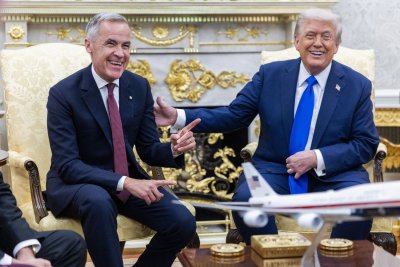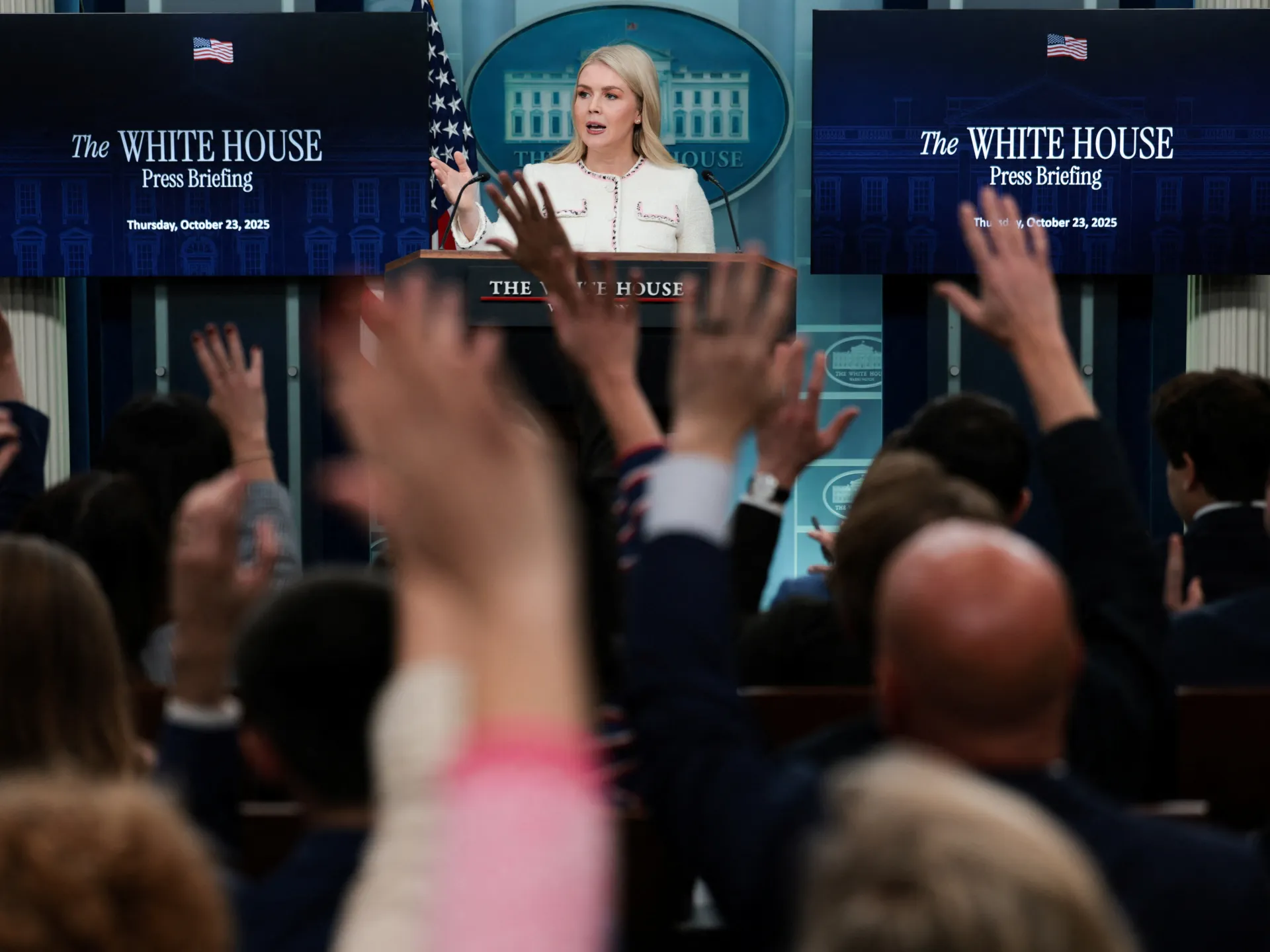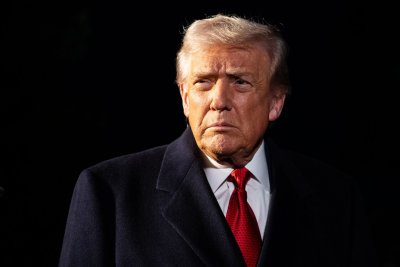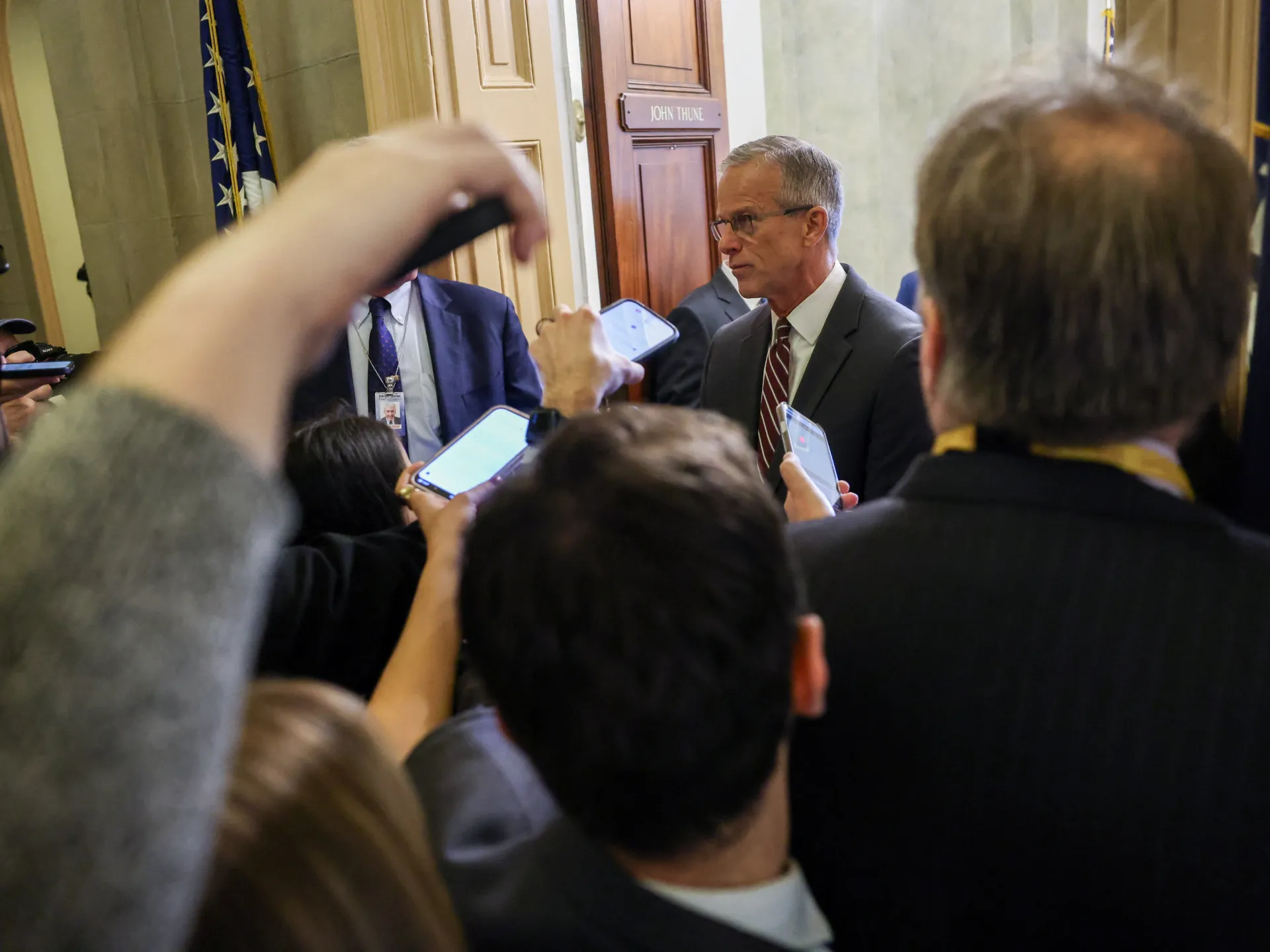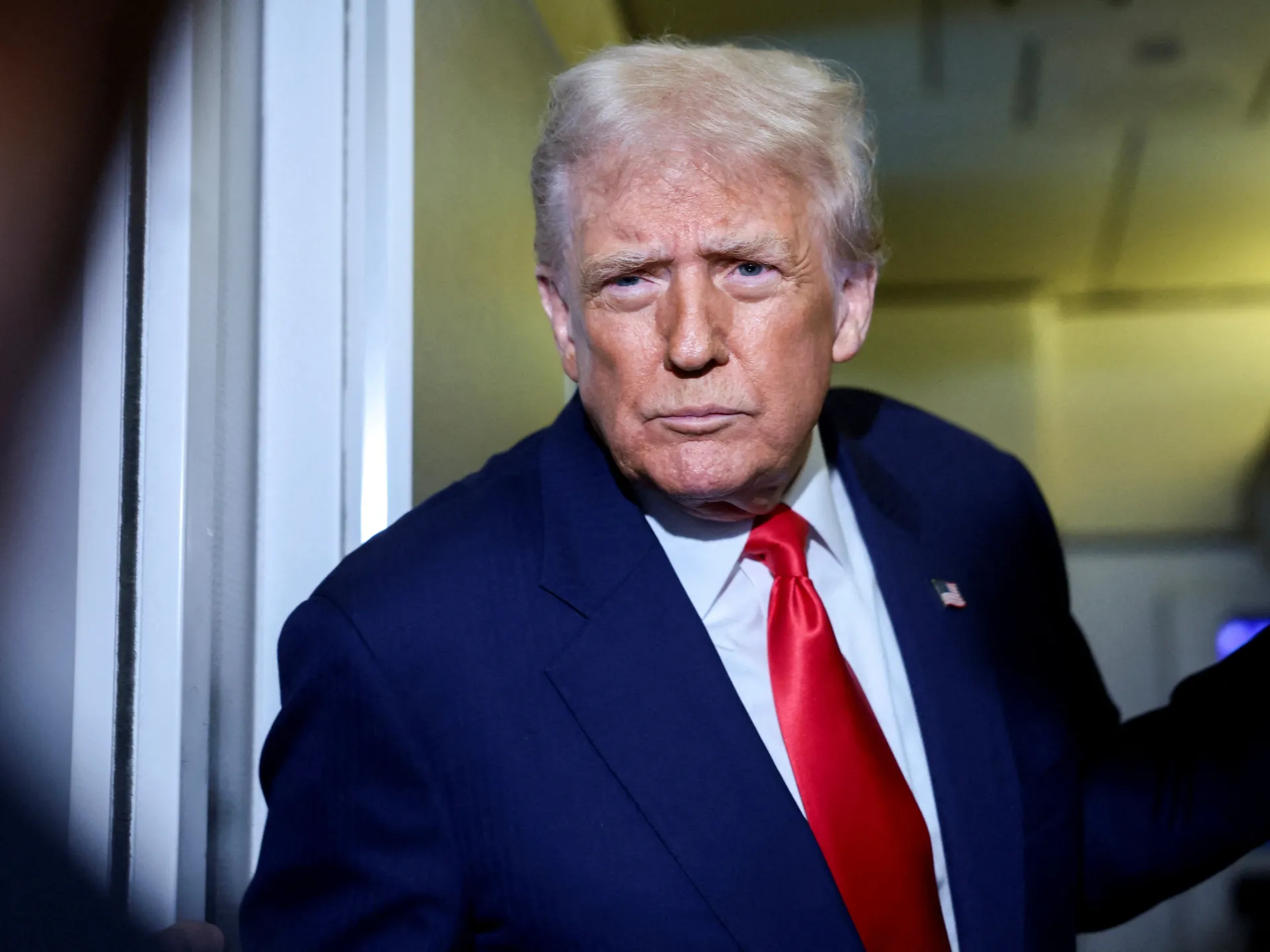Carney apologizes to Trump about anti-tariff ad by Ontario Province

Nov. 1 (UPI) — Canadian Prime Minister Mark Carney on Saturday said he apologized to U.S. President Donald Trump for a TV ad by the Ontario Province’s government against U.S. tariffs.
The 60-second ran during the World Series on Fox TV in the United States and on Sportsnet in Canada.
Ontario Premier Doug Ford announced the ad would be paused starting last Monday “so that trade talks can resume.”
“I did apologize to the president,” Carney told reporters Saturday in South Korea. “I told Ford I did not want to go forward with the ad.”
Carney said he spoke to Trump at a dinner hosted by South Korea’s president on Wednesday.
Trump told reporters that the Canadian prime minister had expressed his remorse.
“I have a very good relationship,” Trump said. “I like him a lot, but what they did was wrong. He was very nice. He apologized for what they did with the commercial.”
Trump has said he had a “very nice” conversation with Carney.
The ad first ran during Game 1 of the World Series on Oct. 24 between the Toronto Blue Jays and the Los Angeles Dodgers. It featured remarks in 1987 by former President Ronald Reagan that were critical of tariffs, but they were edited.
“You know why President Trump is so upset right now? Because it was effective,” Ford said of the ad. “It was working, it woke up the whole country.”
Trump called it “FAKE,” although Reagan’s words were not changed in the commercial.
In response to the ad, he ended trade talks and later raised the tariffs another 10% from 25% on most Canadian imports that do not comply with the United States-Mexico-Canada Agreement.
There also is a 50% tariff on most steel, aluminum, copper products as have been put in place for other nations.
The ad included a clip of Reagan during a radio address in his second term saying that “when someone says, ‘Let’s impose tariffs on foreign imports,’ it looks like they’re doing the patriotic thing by protecting American products and jobs. And sometimes for a short while, it works, but only for a short time.”
The White House objected, noting that the ad omitted another part of Reagan’s address.
“As I’ve often said, our commitment to free trade is also a commitment to fair trade,” the former president also said in the remarks.
In a post on X on Oct. 23, the Ronald Reagan Presidential Foundation and Institute said the ad “misrepresents” the late president’s radio address.
The next morning, Trump posted on Truth Social that Canada “fraudulently” used a “FAKE” advertisement.
“TARIFFS ARE VERY IMPORTANT TO THE NATIONAL SECURITY, AND ECONOMY, OF THE U.S.A.” Trump wrote. “Based on their egregious behavior, ALL TRADE NEGOTIATIONS WITH CANADA ARE HEREBY TERMINATED.”
After the ad ran again on Friday, Oct. 24, Trump posted on Truth Social while en route to Asia that “Reagan LOVED Tariffs for purposes of National Security and the Economy, but Canada said he didn’t!”
“Their Advertisement was to be taken down, IMMEDIATELY, but they let it run last night during the World Series, knowing that it was a FRAUD. Because of their serious misrepresentation of the facts, and hostile act, I am increasing the Tariff on Canada by 10% over and above what they are paying now,” he continued in the post.
On Oct. 23, Carney appeared with Ford at an announcement for a $3 billion investment in a new nuclear facility next to the Darlington power plant.
Ford said the two leaders were the “same page” and he supports the prime minister “1,000 percent.”
“It might be a little easier for me to sit here, and say what I say, but it’s a little tougher when someone is sitting across from Donald Trump, and he has a big hammer in his hand,” Ford said.
